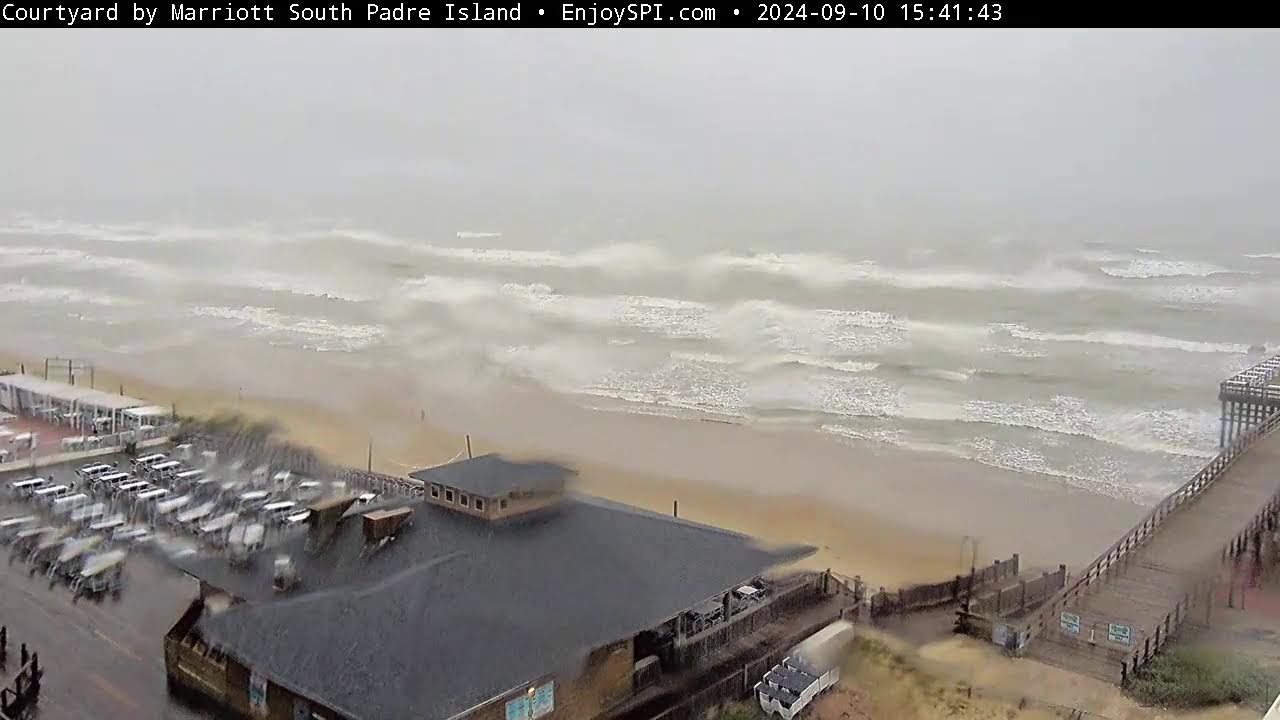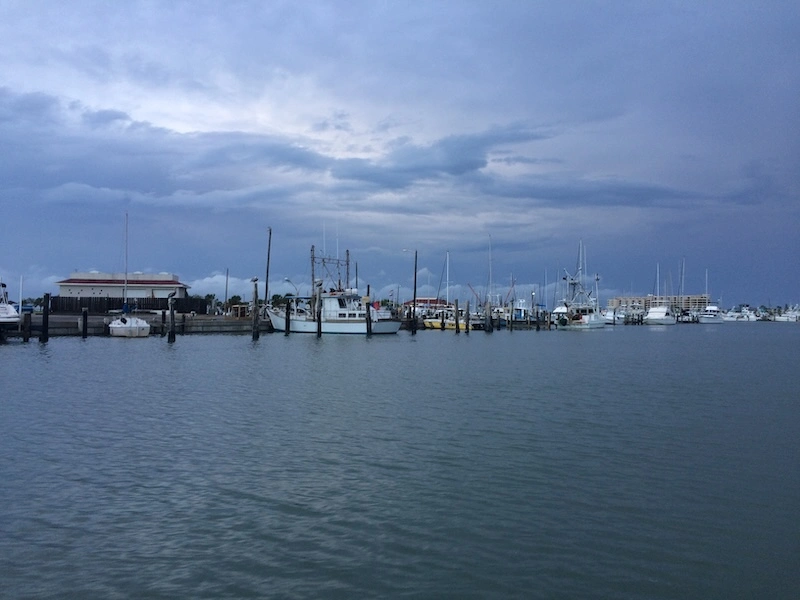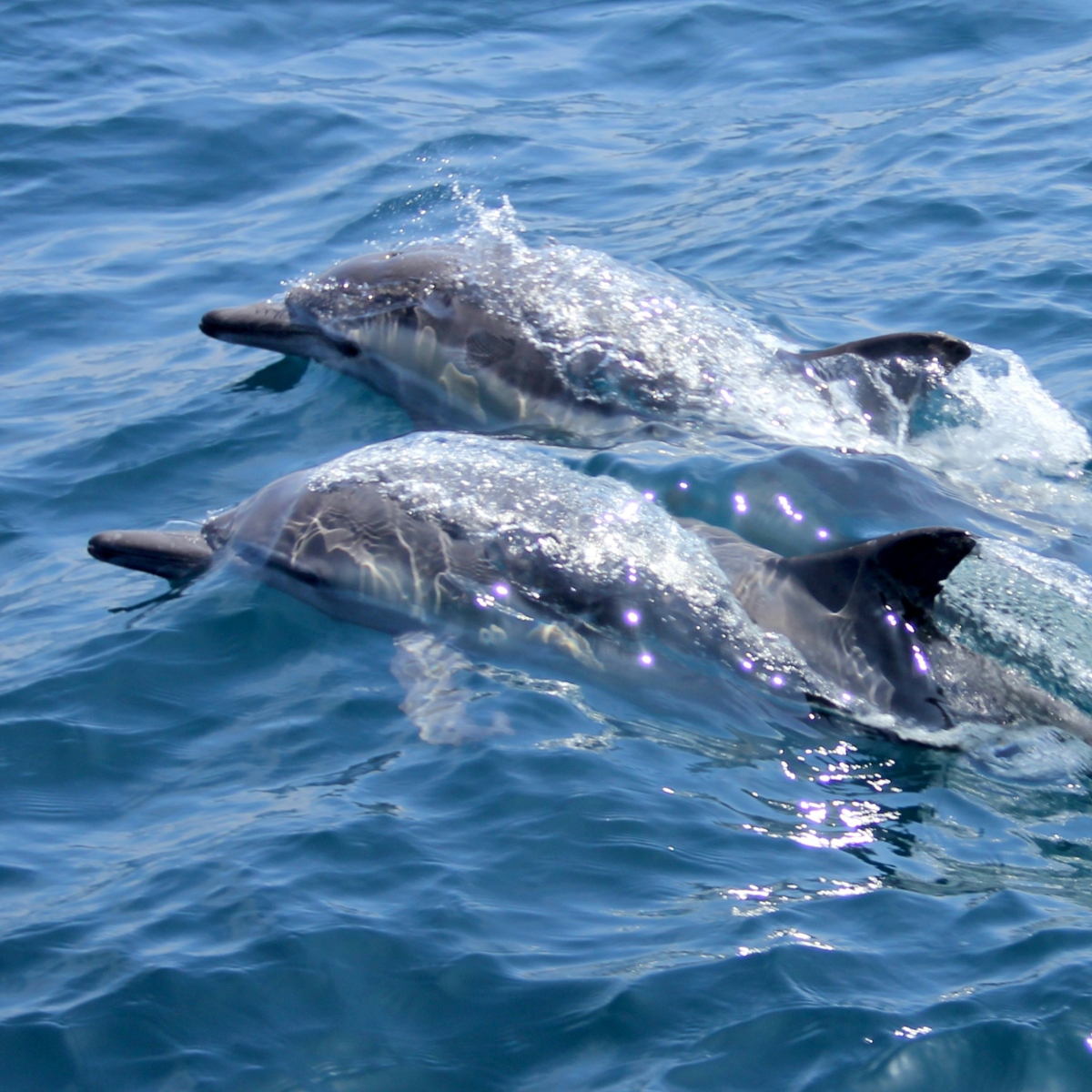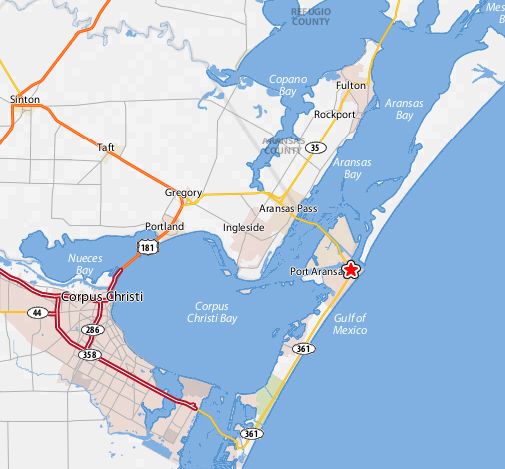
Port Aransas, Texas, located on the northern tip of Mustang Island, is a coastal gem with a rich and colorful history. From its early Native American inhabitants to its development into a bustling tourist destination, Port Aransas has seen significant transformations over the centuries. This article delves into the key historical milestones that have shaped Port Aransas, providing an engaging and comprehensive overview of its fascinating past.
Early Inhabitants and Exploration
Native American Presence
Long before European explorers arrived, the area now known as Port Aransas was inhabited by the Karankawa people. These Native Americans were known for their fishing and hunting skills, utilizing the rich coastal resources for sustenance. They lived in portable huts called “wikiups” and were adept at crafting tools from the natural materials found in their environment.
Spanish Exploration
The first European to explore the region was Alonso Álvarez de Pineda, a Spanish explorer who mapped the Texas coastline in 1519. Subsequent expeditions by Spanish and French explorers in the 17th and 18th centuries marked the beginning of European interest in the area. However, it wasn’t until the early 1800s that the region began to see more permanent settlements.
The Birth of a Settlement
Early 19th Century Developments
In the early 1800s, the region began to attract settlers and entrepreneurs. One of the first notable figures was Capt. Robert Ainsworth Mercer, who established a settlement on Mustang Island in the 1850s. The settlement initially focused on fishing, ranching, and trade. However, it was a precarious existence, as the settlers faced challenges from hurricanes, pirates, and conflicts with Native Americans.
Civil War Era
The American Civil War (1861-1865) had a significant impact on Port Aransas. The Confederate forces recognized the strategic importance of Mustang Island and constructed Fort Semmes to protect the pass. The Union Navy, however, captured the fort in 1863, maintaining control of the area for the remainder of the war. This period marked the beginning of increased federal interest in the region.
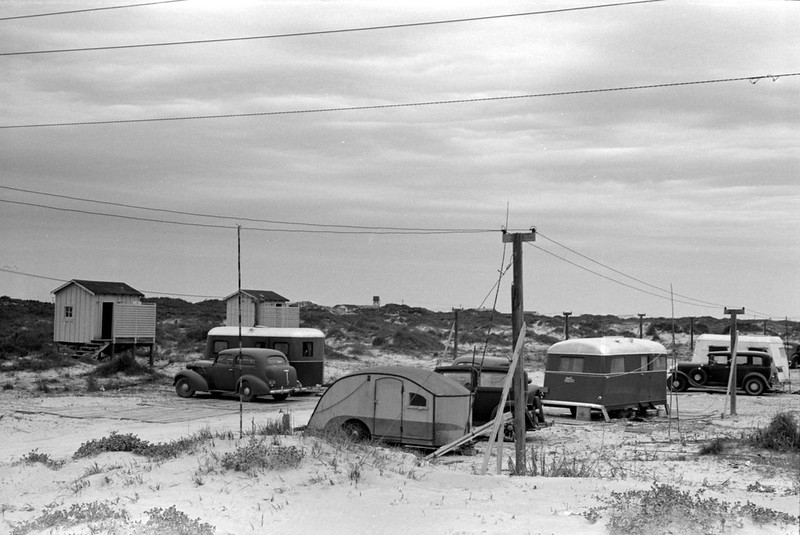
Post-War Growth and Development
Establishment of Aransas Pass
After the Civil War, the area began to develop more rapidly. The establishment of the Aransas Pass in the late 1800s was a pivotal moment. This natural channel provided a navigable route for ships, boosting trade and commerce. The pass’s development transformed Port Aransas into a crucial shipping and fishing hub, attracting more settlers and businesses.
Early 20th Century Expansion
The early 20th century saw significant growth in Port Aransas. The fishing industry flourished, with the town becoming known for its abundant and diverse marine life. Tarpon fishing, in particular, gained popularity, drawing anglers from across the country. The town’s first hotel, Tarpon Inn, was established in 1886 and became a central hub for visitors.
Hurricane Devastation
Despite its growth, Port Aransas faced numerous challenges, particularly from hurricanes. The devastating hurricane of 1919 nearly wiped out the entire town, destroying homes, businesses, and infrastructure. However, the resilient community rebuilt, demonstrating the enduring spirit that characterizes Port Aransas.
Mid-20th Century to Present
Post-World War II Boom
The period following World War II marked a new era of growth and prosperity for Port Aransas. Advances in transportation, particularly the construction of better roads and bridges, made the town more accessible to tourists. The fishing industry continued to thrive, and the town began to develop a reputation as a premier destination for sport fishing and beach vacations.
Incorporation and Modernization
In 1911, Port Aransas was officially incorporated, formalizing its status as a municipality. This period also saw the modernization of infrastructure, including the establishment of better water and sewage systems, which were crucial for supporting the growing population and tourism industry.
Tourism and Environmental Conservation
In the latter half of the 20th century, tourism became the primary economic driver for Port Aransas. The pristine beaches, excellent fishing, and laid-back atmosphere attracted visitors from across the United States. The town invested in facilities and events to cater to tourists, such as the annual Texas SandFest, which draws thousands of sand sculpting enthusiasts.
Environmental Conservation Efforts
With the rise in tourism, there came an increased awareness of the need for environmental conservation. Local organizations and authorities implemented measures to protect the delicate coastal ecosystems. Efforts included establishing protected areas, promoting sustainable fishing practices, and conducting educational programs to raise awareness about the importance of preserving the natural environment.
Cultural and Social Development
Community and Culture
Port Aransas is known for its vibrant community and rich cultural heritage. The town hosts numerous events and festivals that celebrate its history and coastal lifestyle. The Port Aransas Community Theater, established in the 1980s, provides a venue for local artists and performers, contributing to the town’s cultural landscape.
The Port Aransas Museum
The Port Aransas Museum, located in a historic kit house built in the early 1900s, offers a glimpse into the town’s past. The museum features exhibits on the early settlers, the fishing industry, and the impact of hurricanes on the community. It serves as a valuable resource for both residents and visitors interested in the history of Port Aransas.
Modern-Day Attractions
Today, Port Aransas boasts a wide range of attractions that draw visitors year-round. In addition to its beautiful beaches and fishing opportunities, the town offers activities such as birdwatching, kayaking, and dolphin watching. The University of Texas Marine Science Institute, located in Port Aransas, conducts important research and provides educational programs on marine and coastal ecosystems.
Key Historical Milestones
Establishment of the Tarpon Inn
The Tarpon Inn, built in 1886, is one of the oldest and most iconic buildings in Port Aransas. Named after the tarpon fish that were abundant in the area, the inn quickly became a popular destination for anglers. Today, it stands as a historical landmark, preserving the legacy of the town’s fishing heritage.
Hurricane of 1919
The hurricane of 1919 was a defining moment in Port Aransas’ history. The storm caused widespread devastation, but the community’s resilience and determination to rebuild laid the foundation for future growth. The event is a testament to the strength and spirit of the people of Port Aransas.
Incorporation in 1911
The official incorporation of Port Aransas in 1911 marked a significant milestone in the town’s development. It formalized the governance structure and provided a framework for future growth and modernization. The incorporation also underscored the town’s emergence as a key player in the region’s economic and social landscape.
Development of Aransas Pass
The development of the Aransas Pass was crucial in establishing Port Aransas as a major shipping and fishing hub. The pass provided a navigable route for ships, facilitating trade and commerce. It also played a vital role in the town’s economic development, attracting businesses and settlers to the area.
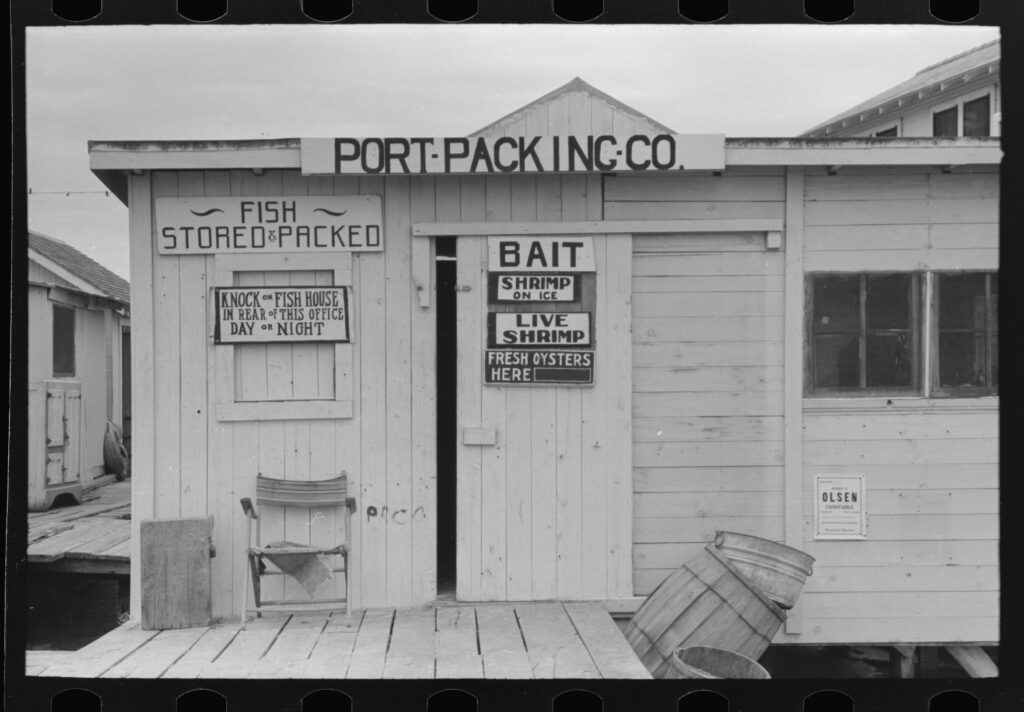
Economic Transformations
From Fishing to Tourism
While fishing remains an important part of Port Aransas’ economy, tourism has become the primary economic driver. The town’s natural beauty, recreational opportunities, and welcoming atmosphere have made it a popular destination for visitors from around the world. This shift has brought new challenges and opportunities, as the community works to balance growth with environmental conservation.
Impact of Environmental Regulations
Environmental regulations have had a significant impact on the local economy. Measures to protect the coastal ecosystems have led to changes in fishing practices and development policies. While these regulations are essential for preserving the natural environment, they also require careful management to ensure the sustainability of the local economy.
The Role of Local Businesses
Local businesses play a crucial role in the economic and social fabric of Port Aransas. From restaurants and shops to tour operators and fishing charters, these enterprises contribute to the town’s unique character and appeal. The community’s commitment to supporting local businesses is evident in the numerous initiatives and events that promote the local economy.
Ongoing Evolution
The history of Port Aransas is a rich tapestry of exploration, settlement, and transformation. From its early days as a Karankawa settlement to its current status as a premier tourist destination, the town has evolved while maintaining its unique charm and character. The resilience and adaptability of the community have been key to its success, allowing Port Aransas to navigate the challenges of natural disasters, economic shifts, and environmental conservation.
Today, Port Aransas stands as a testament to the enduring spirit of its people and the natural beauty of its coastal environment. As the town continues to grow and develop, it remains committed to preserving its rich history and vibrant community for future generations to enjoy.
By exploring the history of Port Aransas, we gain a deeper appreciation for the factors that have shaped this unique coastal town. Whether you’re a resident, a frequent visitor, or someone planning their first trip, understanding the history of Port Aransas adds a layer of richness to the experience, connecting the past with the present in this remarkable slice of Texas.



